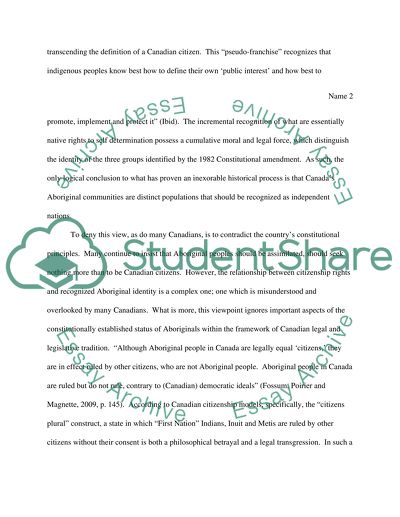Cite this document
(“By Their Own Admission: The Canadian Government, Canada's Aboriginal Essay”, n.d.)
By Their Own Admission: The Canadian Government, Canada's Aboriginal Essay. Retrieved from https://studentshare.org/history/1444941-see-attachment-preferred-writer
By Their Own Admission: The Canadian Government, Canada's Aboriginal Essay. Retrieved from https://studentshare.org/history/1444941-see-attachment-preferred-writer
(By Their Own Admission: The Canadian Government, Canada'S Aboriginal Essay)
By Their Own Admission: The Canadian Government, Canada'S Aboriginal Essay. https://studentshare.org/history/1444941-see-attachment-preferred-writer.
By Their Own Admission: The Canadian Government, Canada'S Aboriginal Essay. https://studentshare.org/history/1444941-see-attachment-preferred-writer.
“By Their Own Admission: The Canadian Government, Canada'S Aboriginal Essay”, n.d. https://studentshare.org/history/1444941-see-attachment-preferred-writer.


